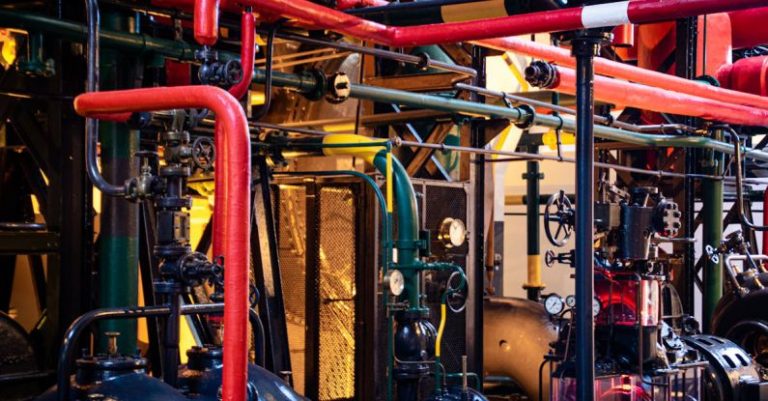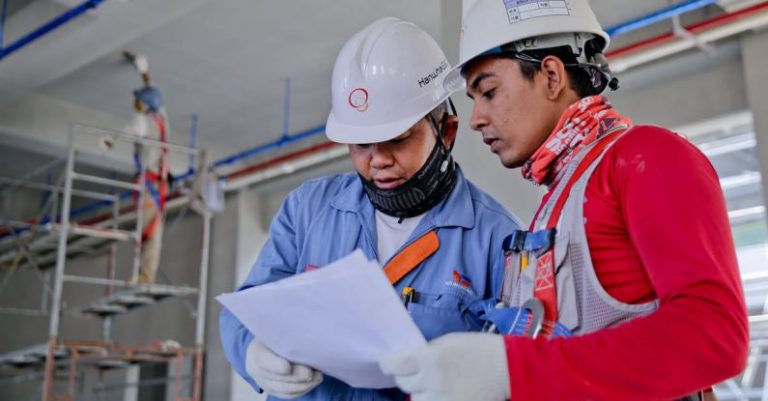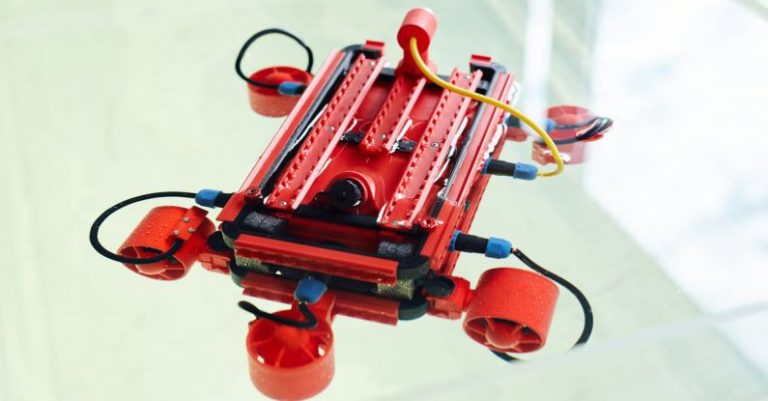The Intersection of Biotechnology and Building with Composites
Innovations in biotechnology and building materials have paved the way for groundbreaking advancements in the construction industry, particularly in the realm of composites. The intersection of biotechnology and composites has sparked a wave of creativity and ingenuity, leading to the development of sustainable, durable, and versatile building materials that are revolutionizing the way we construct our built environment.
Unleashing the Potential of Biocomposites
Biocomposites, a type of composite material derived from natural fibers such as bamboo, hemp, or flax, have gained significant traction in recent years due to their eco-friendly properties and impressive strength-to-weight ratio. By combining these natural fibers with bio-based resins derived from renewable sources like soybeans or corn, biocomposites offer a sustainable alternative to traditional building materials such as steel or concrete.
One of the key advantages of biocomposites is their ability to sequester carbon dioxide, a major contributor to climate change, during the growth phase of the natural fibers. This carbon sequestration helps offset the carbon emissions generated during the manufacturing and construction processes, making biocomposites a more environmentally friendly option for builders and developers.
Enhancing Durability with Biologically-Inspired Design
Biologically-inspired design principles have also played a significant role in the development of advanced composites that mimic the structural properties found in nature. By studying the way organisms such as shells, bones, and plants are structured at the molecular level, researchers and engineers have been able to create composites that are not only lightweight and flexible but also incredibly strong and durable.
For example, biomimetic composites designed to mimic the hierarchical structure of natural materials like nacre, also known as mother-of-pearl, exhibit exceptional fracture toughness and impact resistance. By incorporating these biomimetic design principles into the development of building materials, architects and engineers can create structures that are not only aesthetically pleasing but also highly resilient to external forces such as wind, earthquakes, and impacts.
Pushing the Boundaries of 3D Printing with Bioinks
The emergence of bioinks, a type of printable material composed of living cells and biomaterials, has revolutionized the field of 3D printing and opened up new possibilities for creating complex, customized structures with biological functionalities. By combining bioinks with composite materials, researchers have been able to fabricate building components that exhibit properties such as self-healing, self-cleaning, or even self-growing capabilities.
Bioink-based composites have the potential to transform the way we design and construct buildings, offering architects and designers the ability to create structures that are not only environmentally friendly but also responsive to changes in their surroundings. Imagine a building facade that can repair its own cracks, a roof that can adapt to changing weather conditions, or a wall that can purify the air – the possibilities are truly limitless with bioink composites.
Embracing a Sustainable Future Through Biotech-Enhanced Composites
As we look towards a more sustainable future, the intersection of biotechnology and building with composites offers a promising path forward for the construction industry. By harnessing the power of natural materials, biomimetic design principles, and bioinks, architects, engineers, and developers can create buildings that are not only aesthetically pleasing and structurally sound but also environmentally conscious and resilient to the challenges of a rapidly changing world.
Incorporating biotech-enhanced composites into the mainstream construction practices will not only help reduce our carbon footprint and mitigate the impacts of climate change but also push the boundaries of innovation and creativity in architecture and design. By embracing these cutting-edge materials and technologies, we can build a more sustainable and resilient built environment that meets the needs of present and future generations.






